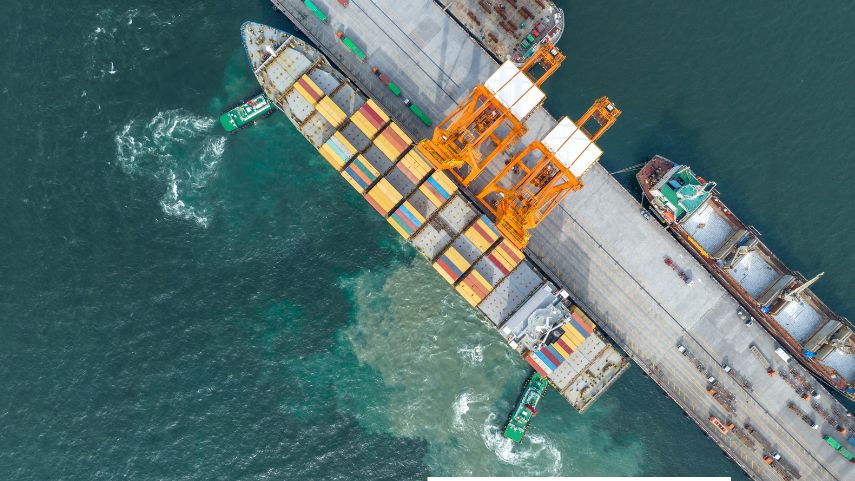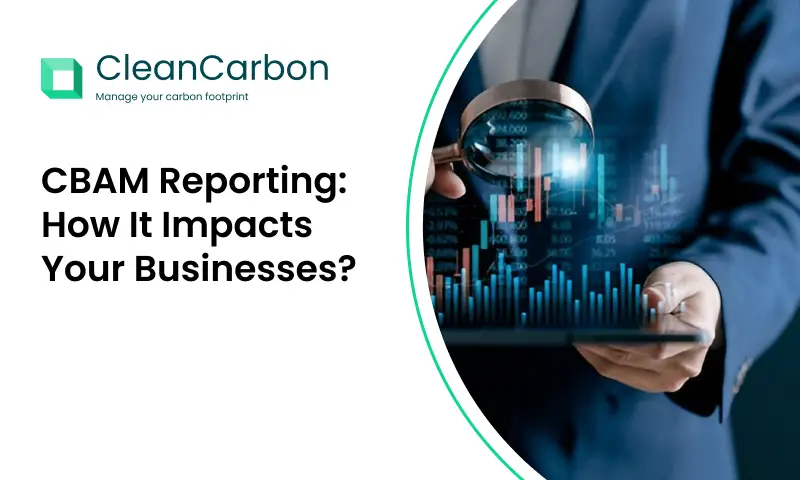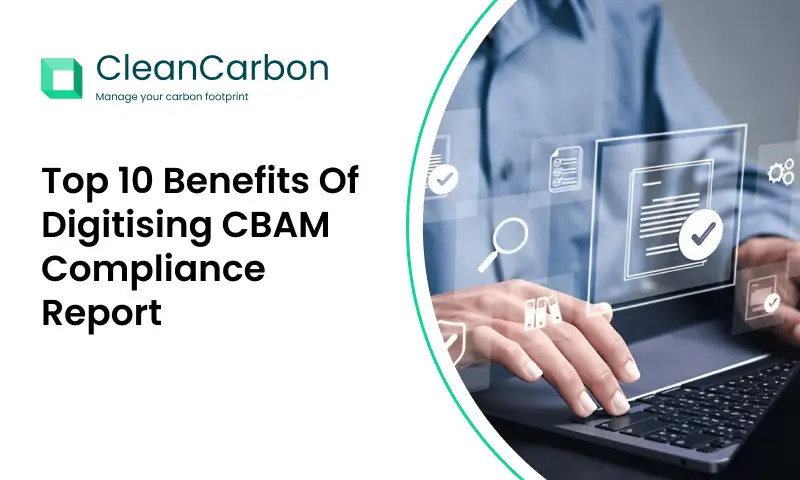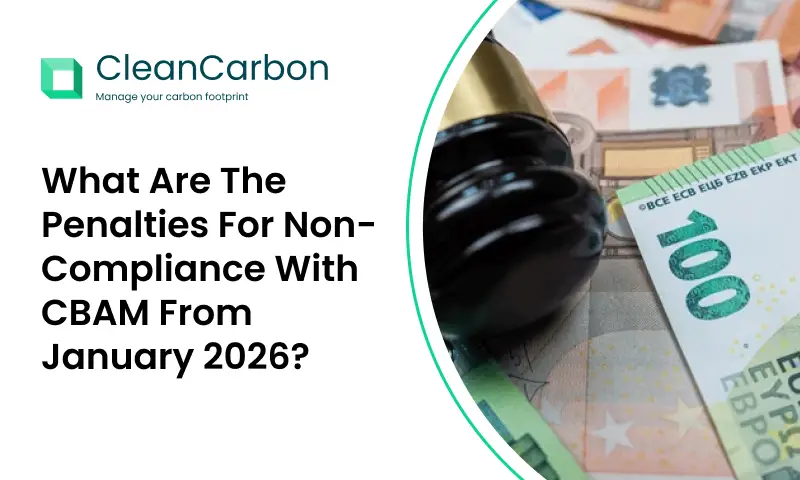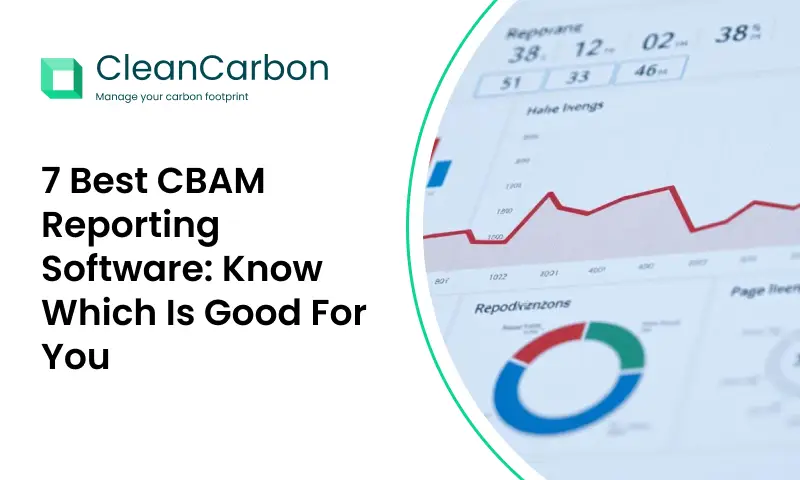Understanding CBAM: A Brief Overview
CBAM is part of the “Fit for 55” package which consists in reducing greenhouse gas emissions by 55% by the year 2030.The mechanism applies carbon costs to certain imports, ensuring that EU companies compete on a level playing field. By making imported goods subject to the same carbon pricing as those produced in the EU, CBAM discourages carbon leakage, where companies shift production to countries with lower environmental standards.
For EU importers under CBAM, this means adapting to new compliance standards that will directly impact their operations and supply chains.
Key Challenges Facing EU Importers Under CBAM
- Cost Implications and Financial Planning
- EU importers under CBAM face new costs associated with the carbon footprint of their products. CBAM requires importers to purchase carbon certificates corresponding to the amount of carbon emissions embedded in their imported goods.
- Financial planning for these costs will be crucial for businesses to avoid unexpected expenses impacting their bottom lines.
- Data Collection and Emission Transparency
- CBAM compliance hinges on accurate data collection and tracking of emissions across supply chains, which can be challenging for EU importers under CBAM reliant on suppliers in regions with varied emission regulations.
- Importers must invest in systems that track carbon emissions at every stage, making data collection a logistical hurdle.
- Supply Chain Adjustments and Sourcing
- CBAM may lead EU importers under CBAM to reconsider supply chains and sources to avoid high-carbon-cost regions, possibly incurring additional costs or delays in restructuring.
- By prioritizing low-emission suppliers, importers can better manage CBAM-related costs, though it may mean new supply chain relationships and renegotiations.
- Regulatory Compliance and Documentation
- Navigating the paperwork and compliance requirements of CBAM can be complex, as it demands documentation at each import stage, proving the emissions associated with the product. EU importers under CBAM need a robust strategy for regulatory compliance, including staying updated on the EU’s guidelines and potential CBAM updates.
- Competitiveness and Market Strategy
- Businesses outside the EU may initially have a pricing advantage by not adhering to CBAM-related costs. EU importers under CBAM must adapt their market strategies to offset these new expenses while retaining competitiveness.
- Communicating the value of sustainable practices to consumers can serve as a strategic advantage, leveraging CBAM compliance as part of the brand’s commitment to sustainability.
Strategies for Overcoming CBAM Challenges for EU Importers
- Invest in Emission Tracking Technology: Modern technology can streamline data collection and reporting, simplifying the tracking of carbon footprints for EU importers under CBAM.
- Collaborate with Low-Emission Suppliers: Building relationships with suppliers committed to low-carbon practices can reduce CBAM costs.
- Embrace Carbon Offsetting Initiatives: Engaging in carbon offsetting projects can help manage emissions and demonstrate a proactive stance in sustainability.
- Stay Informed on Policy Changes: As CBAM continues to evolve, EU importers under CBAM must keep abreast of regulatory updates to ensure compliance and avoid penalties.
Conclusion
The CBAM framework poses significant challenges but also presents an opportunity for EU importers under CBAM to lead in sustainable practices. By understanding CBAM’s requirements and proactively adapting strategies, importers can mitigate carbon costs, enhance transparency, and align their operations with the EU’s ambitious climate goals. Embracing these changes not only ensures compliance but reinforces a commitment to sustainability, resonating with environmentally-conscious consumers.
Read Also : CBAM Impact on India: Balancing Trade, Industry & Sustainability

